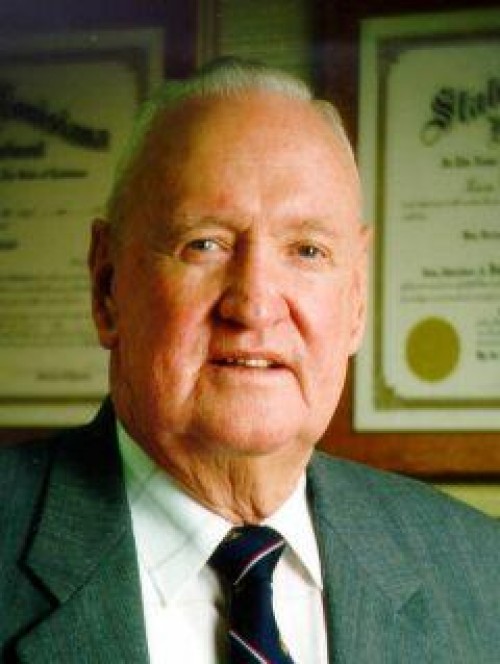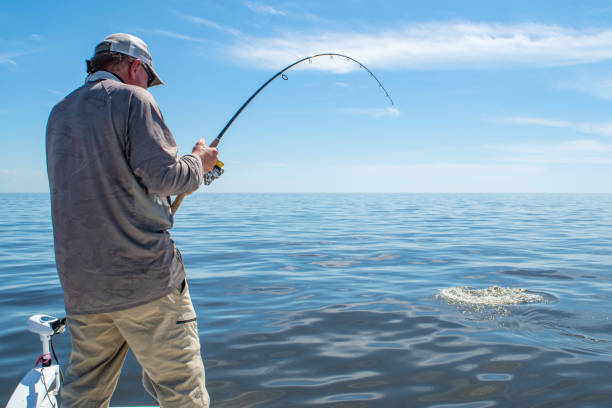
Environmental expert named senior planner
January 16, 2012
Richard N. Bollinger
January 19, 2012Consumers will soon be facing dramatic changes in how they light their homes and businesses as a federal ban on incandescent light bulbs takes effect during 2012. The government policy is designed to eventually disconnect incandescent bulbs from the market in favor of energy efficient compact fluorescent bulbs by 2014. More comprehensive light bulb laws are expected to be enacted by 2020.
Incandescent light bulbs were first invented in 1801, but were not of practical use for more than three quarters of a century. Then Thomas Edison patented his glass bulb with the tiny wire inside during 1879.
The conventional light bulb works when an electric current is applied to the resistive wire encased in the glass container. As the wire becomes hotter it results in brighter light. While the conventional light bulb transforms 2.5 percent of the energy it uses into visible light, 97.5 percent of the energy passing through a filament only produces heat.
A compact fluorescent bulb is also a glass container, but it is coated with fluorite and filled with a mercury vapor. The mercury conducts electricity and with the combined fluorite coating results in a glowing light. The compact fluorescent bulb is said to be between 300 and 400 times more efficient than a conventional incandescent light bulb.
Fluorescent light bulbs were invented in 1857 with the first mercury vapor lamp patented in 1901. For the bulk of the 20th century, fluorescent lights were for the most part relegated to office, kitchen and commercial locations. By the 1990s corkscrew shaped bulbs for floor and table lamps made their appearance on the light bulb aisle.
Concerns about the environment and energy conservation grew during the final quarter of the 20th century. In turn, the artificial lighting industry was encouraged to produce alternative products that operated more efficiently than what had been common for more than 100 years.
In December 2007, the Energy Independence and Security Act was passed by Congress and signed into law by President George W. Bush. The bill established federal regulations for the manufacture and use of general household light bulbs and targeted those that ranged from 40 watts to 100 watts.
Regulations were established to phase out the most popular and inexpensive incandescent light bulbs during a two year period. Exceptions to the ban include yellow bug lights, bulbs for inside refrigerators and colored party lights, all of which generally use less than 40 watts.
According to the Lighting Research Center, the tighter regulations expected in 2020 leave room for technological changes that may take place during the next eight years. Electric energy experts claim that while some new light emitting diode bulbs cost as much as $40 each, technology and the market should drive down the price over time.
Already technology has provided a variety of energy efficient fluorescent that offer a range of light from a soft glow to bright conditions.
“A lot of times the color [of a room] makes a difference in application,” Valley Supply Co. lighting expert Michael Bartoe said at the Houma store. “People might not know what variety is available [beyond the early corkscrew design that let out a bluish light].”
Medical and vision experts sought for comment on the use of fluorescent and incandescent bulbs declined to comment, but various online sites raised questions regarding the safety and health impact of artificial lighting.
One worry is the mercury content in fluorescent compact bulbs. While manufacturers state that there is only a trace n about 5mg n of mercury involved with each unit, consumers questioned about the bulbs said metal content would be a worry to them.
Some researchers contend that long term exposure to fluorescent light can add to stress and depression, can trigger migraine headaches, and contribute to eyestrain and vision problems.
In Dec. 2011, Congress did delay enforcement of the law from Jan. 1, 2012 until Sept. 30, 2012. Americans for Limited Government President Bill Wilson said that although the delay of making the sale of incandescent light bulbs illegal is a plus, he opposes having the government force consumer selection ad buying habits.
“It’s absurd for the government to force Americans to purchase expensive and environmentally dangerous … light bulbs due to an ill-conceived attempt to conserve energy,” Wilson said.
Enforcement of such a ban raises added concerns of practicality. “I have no idea how they might try and enforce something like that,” Terrebonne Parish Assistant District Attorney Mark Rhodes said. “I don’t know who the light police are.”
Based on two hour a day use, at a rate of 11 cents per kilowatt hour, compact fluorescent lights could offer a cost savings of 75 percent over the cost of incandescent lights. That savings is boosted to as much as 80 percent with light emitting diode products.
Critics of the light bulb enforcement contend that the initial expense of compact fluorescent bulbs and light emitting diodes makes compliance impractical. They also note that the new bulbs do not provide instant light and some do not fit many existing lamp models. While incandescent bulb use is able to vary, compact fluorescents and light emitting diodes do not like hot and humid environments.
Although new government compliant light bulbs might carry a high initial cost, they are said to be able to more than pay for themselves with increased hours of service.
Bartoe said he had not heard of any consumers stockpiling incandescent light bulbs and noted that many of the new light bulbs emit the same familiar glow while meeting life expectancy requirements. “People are already buying the [new] bulbs,” he said. “I think they’ll get used to it.”








